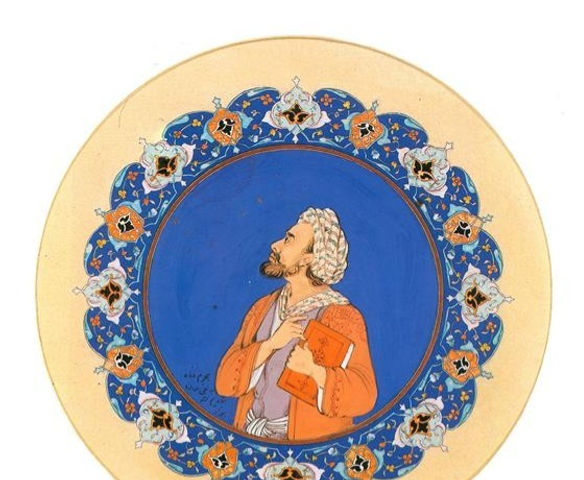Miniature
The Art of reduction

Programme note
“Theodor Adorno responds in advance, “It is not that music wants to narrate, but that the composer wants to make music in the way that others narrate.”" (Klein 23)
Ballade Op.288 (1911)
Carl Reinecke (1824-1910)
Carl Reinecke was a German composer, a conductor, a great teacher and a virtuoso pianist who well known as one of the best Mozart's interpreter in his era. He studied with Felix Mendelssohn, Robert Schumann and Franz Liszt. In the aspect of teaching he has many famous pupils such as Edward Grieg, Leoš Janáček, Isaac Albéniz and also Max Bruch. His most renowned work is flute sonata (undine).
Ballade for flute and piano Op.288 originally wrote for solo flute and orchestra. This piece is the last work of the composer which he composed two years before his death at 82. The Ballade is full of romanticism ideal with sentimental harmony and sense of yearning yet fulfilling in the same time, but it also has a playful middle section in contrary. This piece confirmed the legacy of Reinecke as a composer.
Nocturne for flute and piano (1911)
Lili Boulanger (1893-1918)
Olga "Lili" Boulanger was a French composer and the first female who won the Prix de Rome composition prize in 1912. Her older sister Nadia Boulanger was also an eminent composer whom she attended classes with in the Paris conservertoire, they learn with numerous great teachers include Gabriel Fauré who impressed by her talents. Her composition style gathered from many contemporary composers in her age, include Fauré and Debussy.
Nocturne is one of the 2 pieces composed for solo flute or violin and piano dedicated to Marie-Danielle Parenteau. This nocturne is very expressive, lyrical and colourful. It display composer's influential style by rich harmony and some glimpse of Debussy's whole tone sound.
Density 21.5
Edgard Varèse (1883-1965)
Experimental, Electro-acoustic and Science based material are notable figures of Varèse's musical composition. He has a concept called "sound masses" which means composition techniques to cut the important of individual pitches, to makes timbre, texture and dynamics shape gesture and impact and to make indistinct boundary between sound and noise. His music based on his idea that music is "an organized sound". Density 21.5 also composed by these concepts.
Density 21.5 is a piece for solo flute commissioned by the flutist, Georges Barrère, for his new platinum flute which takes 8 years to finished. Varèse finished the piece in 1936 and revise it once in 1946. By the concept of "sound masses", Density 21.5 comes form the density of platinum per cubic centimeter.
Suite de Ballet for flute and piano (1913)
Ralph Vaughan Williams (1872-1958)
I. Improvisation. Andante
II. Humoresque. Presto
III. Gavotte. Quasi Lento
IV. Passpied. Allegro Vivacissimo
Ralph Vaughan Williams is a British composer who composed wide range of works from small ensemble to large scale orchestral work like opera. He studied in many famous school such as Trinity college, The Royal college of music and etc. with Sir Charles Stanford, Sir Hubert Parry, Max Bruch and Maurice Ravel. His music influenced by Tudor and English folk music which can see from his use of pentatonic scale modal elements that is so remarkable. His well-known works such as Fantasia on a Theme by Thomas Tallis (1910), The Lark Ascending and 9 Symphonies.
Suite de Ballet is a four movement suite for flute composed in 1913 for Louis Fleury, famous french flutist and premiered in 1920. It shows different dancing gesture/styles with contrast rhythm in each movements. Alongside the composers signature of English folk music and bitonality concept, the flute part has wide range of dynamics and registers also virtuosic passages that makes the piece challenging and enjoyable.